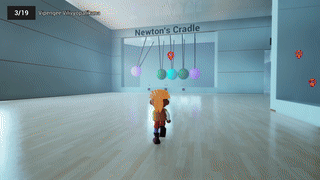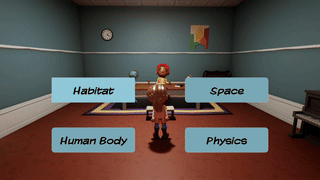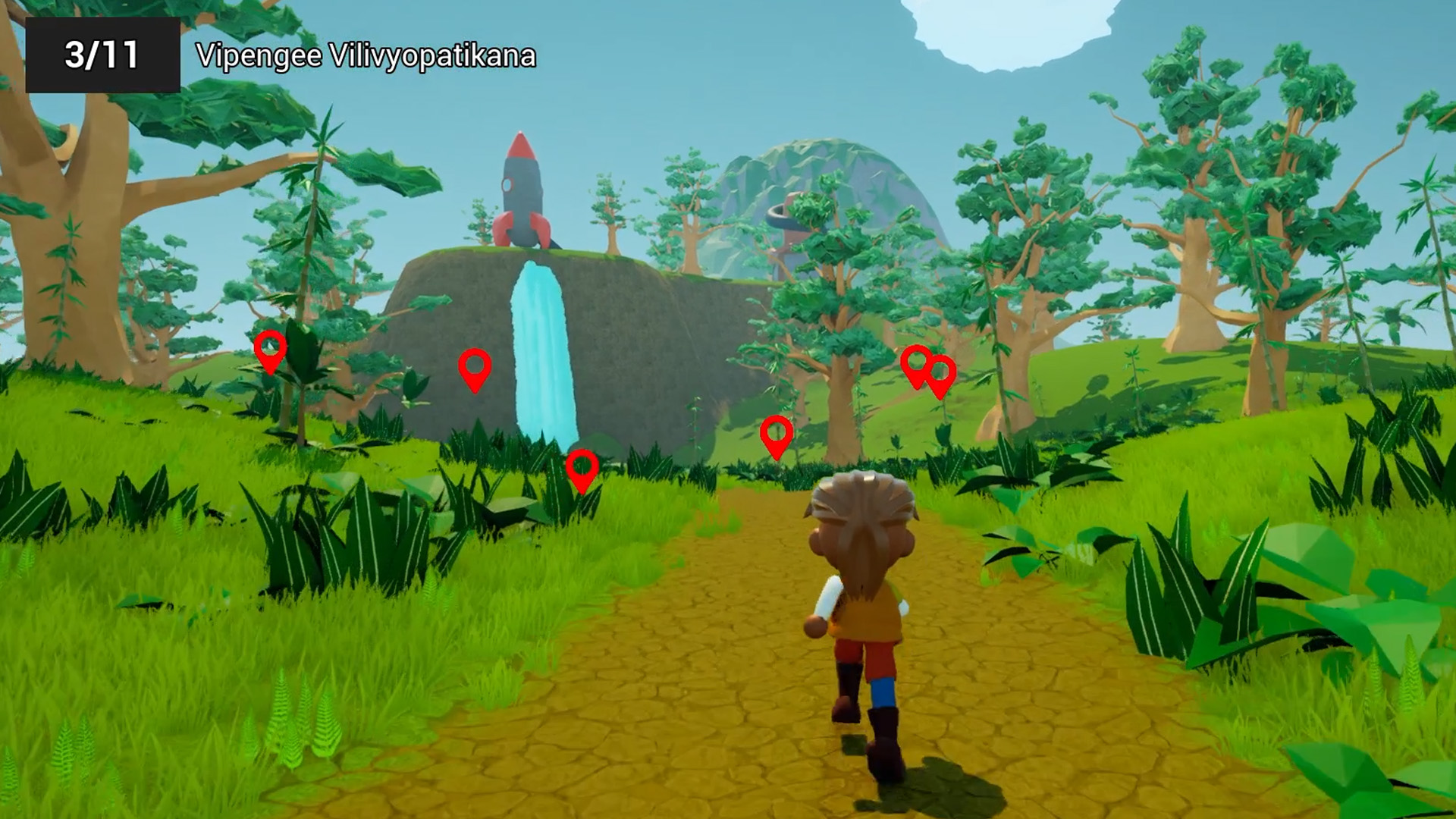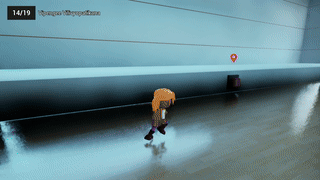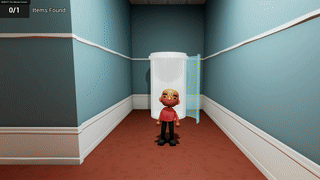Gorilla Bay is a game-based learning platform for refugee learners, assisting in STEM topics with a focus on teaching vocabulary. The project's current
language option is Swahili but can support all languages.
Overview:
• Modular quest and dialog systems.
• Player photo-taking features.
• Gameplay that covers STEM topics such as the solar system, physics, ecosystem, and the human body.
• Concepting and prototyping gameplay after brainstorming with professors from diverse academic backgrounds.
Photo-taking Mechanics
Enhanced the existing photo-taking mechanic by
reverse-engineering the camera system, enabling it to take photos of various
objects and characters in the environment, not just quest actors. It also implements a
targeting system that tracks all
photographed actors and identifies the closest one using line traces. A modular component is added to actors that can be photographed which stores
information like dialog.
Quest System Development
A quest system was created for meaningful gameplay, guiding players through objectives tied to educational content. An
actor array
is used for tracking goals, enabling quest progress to be saved and resumed, and allowing pictures to be taken multiple times for further review.
Quest markers were added to assist players in navigation, which toggle visibility when entering photo-mode.
Interactables are quest items that are not collected by taking photos, adding variety. They utilize the same base quest actor
framework so markers and dialog work the same.
Character Customization
Programmed the
character customization pod allowing players to personalize their avatars. All features are categorized such as
hair, facial features, and clothing. By employing consistent pivots for future model integration, there is limitless customization potential.

